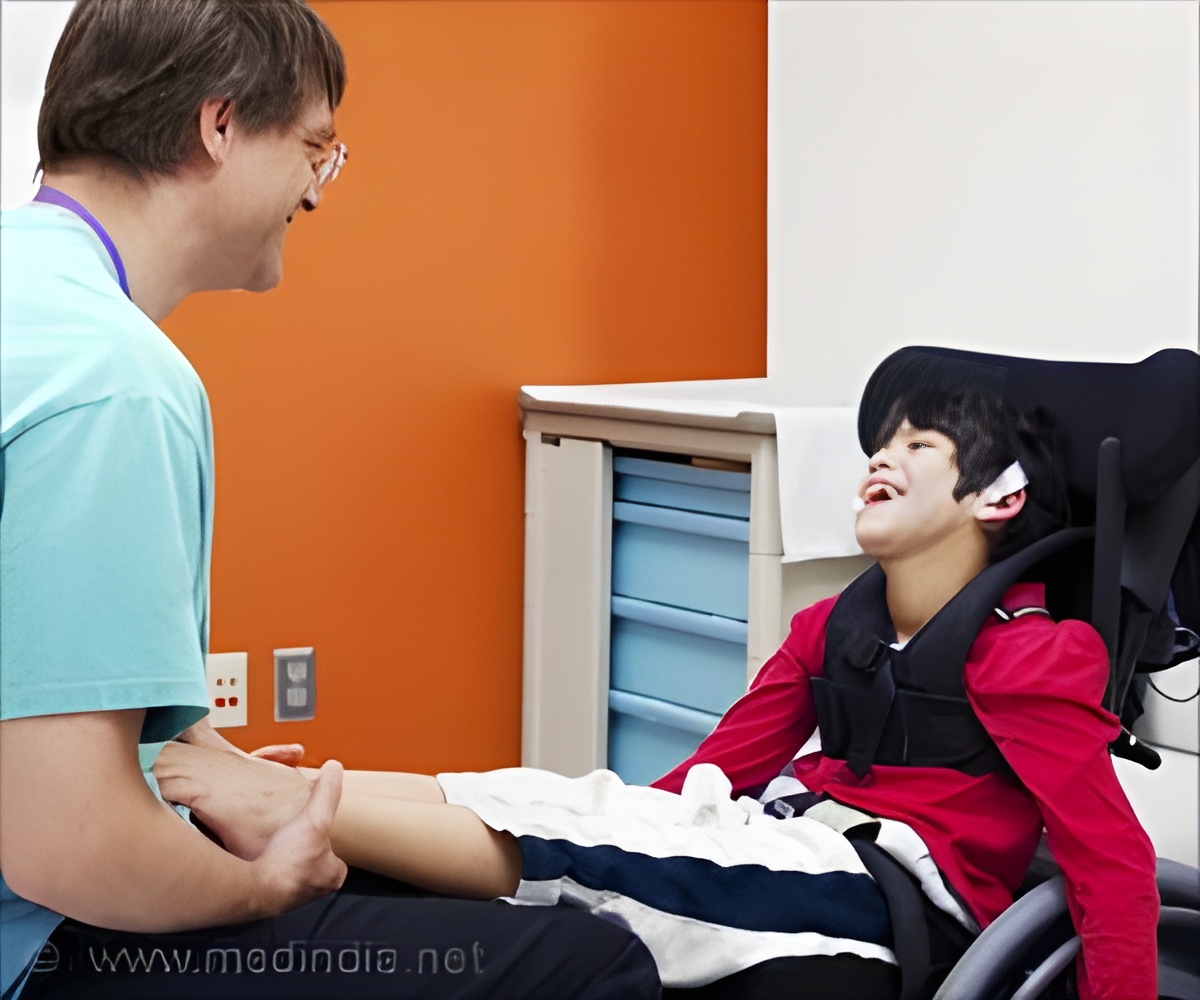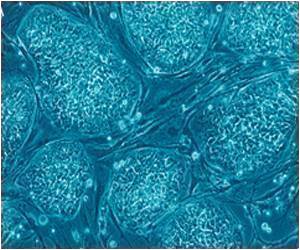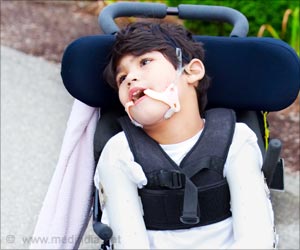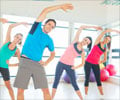
‘High levels of exercise from a young age may be beneficial to individuals with cerebral palsy.
’
Tweet it Now
New Evidence that Exercise Helps Physiology and Functioning in CPDr. Runciman and colleagues performed detailed assessments of body composition in six elite-level Paralympic athletes with hemiplegic CP. Patients with this condition have neuromuscular impairment on one side of the body (left or right), caused by brain injury at a very young age.
The six study subjects, average age 23 years, were all experienced track and field athletes, training for six to 20 hours per week. They competed at an elite Paralympic level, with 100-meter sprint times between 11.5 and 12.6 seconds.
A technique called dual-energy x-ray absorptiometry was used to perform measures of body composition, including bone mineral density (BMD) and fat mass. The researchers also measured fat-free soft tissue mass (FFSTM)--an indicator of muscle and other lean body content.
The results showed similar values for BMD and fat mass on the affected versus unaffected sides of athletes with hemiplegic CP. That was in contrast to previous studies in sedentary young people with CP, who have reduced BMD on the impaired side.
Advertisement
Overall, BMD levels for the Paralympic athletes were similar to those of age-matched able-bodied people. In fact, BMD values were higher for the athletes with CP compared to the general population, although the differences were not statistically significant.
Advertisement
Adding to previous evidence, the new results suggest that in elite athletes with CP, the physiological processes affecting body composition are similar to those in able-bodied people of similar age. "These findings may highlight the importance of high levels of exercise training for all individuals with CP," Dr. Runciman and coauthors write.
In particular, the BMD findings in Paralympic athletes suggest increased density of cortical bone--the thick outer layer of bone, which responds to weight-bearing exercise. Training is also associated with normal fat mass, although the difference in FFSTM suggests a "ceiling" in how well the affected muscles can adapt to exercise.
"The combination of these findings have important implications for the involvement of children with CP in exercise as a management or rehabilitative tool," the researchers add. Studies have already shown that exercise improves functional performance and increases BMD in children with CP. The new findings in highly trained young adults with CP help in understanding how bone and other physiological systems adapt to exercise training.
"Thus there may be a significant number of children who have the capacity to participate in high-level exercise training from a young age," Dr. Runciman and colleagues conclude. However, they emphasize the need for follow-up studies to confirm the long-term benefits of weight-bearing exercise for young patients with CP.
Source-Eurekalert














